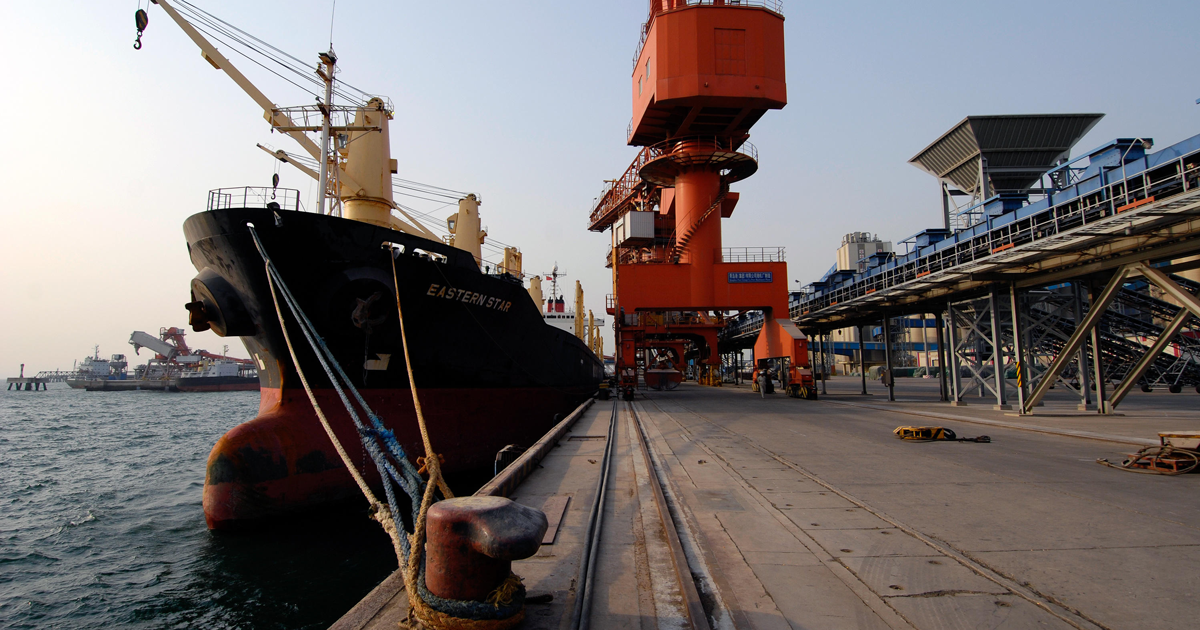Justin Cauley, a transportation expert with CHS, explains why shipping disruptions at the Panama and Suez canals are impacting U.S. grain shipments and delivery of crop inputs.
The Panama and Suez canals are key shortcuts for cargo ships moving U.S. grain to global customers and bringing fertilizer to U.S. farmers. Factors from low water levels to geopolitical conflicts are limiting traffic through the canals. Justin Cauley, a transportation expert with CHS, describes how the slowdown is affecting U.S. agriculture.
Importance of the Panama Canal
U.S. corn, soybeans, sorghum and other commodities shipped from the Gulf of Mexico to buyers in China, Japan and Korea has traditionally moved through the Panama Canal in Central America as a shortcut to the east. However, drought conditions in Panama have forced the Panama Canal Authority to restrict shipping through the canal. Low water levels in Lake Gatun, which is used to fill locks, is the primary concern. With limited access to the canal, many ships are taking longer and costlier routes through the Suez Canal or around the tip of Africa.
Low water levels in the Panama Canal are impacting grain and fertilizer shipping, Cauley says.
“The current El Niño cycle that we’re enjoying with a mild winter in Minnesota is the same cycle impacting rainfall levels in Panama, causing extreme drought. But it really comes down to something that all farmers understand the true importance of, and that is rain. We need more rain there.”
Lower water levels are also requiring shippers to reduce cargo volumes. Cauley says the canal, at least for now, isn’t a practical option to ship grain.
Skyrocketing grain shipping costs
“Grain shippers can’t afford to pay what the ships carrying natural gas or container ships can. So, the ships coming from the U.S. Gulf to Asia are shipping via the Suez Canal or the Cape of Good Hope,” Cauley says.
While the Suez Canal and Cape of Good Hope are viable options, that route is more expensive.
“Shipping via the Cape of Hope from the U.S. Gulf adds about 30% more time as well as 30% more fuel. Using a Panamax vessel, which is the typical size we use to ship corn and soybeans from the U.S. Gulf to Asia, could cost as much as $30,000 to $40,000 per day,” he says.
Suez Canal challenges
While the Suez Canal is an option for grain and fertilizer shippers, fewer ships are using that waterway due to conflicts in the region and the risk of ships being attacked. Many ships are instead sailing around the Cape of Good at the southern tip of South Africa.
Shipping outlook
“I believe that we will see the El Niño die out and eventually return to traditional rainfall levels. And then shipping transits will resume as normal through Panama,” Cauley says.


 Audio Clip
Audio Clip





